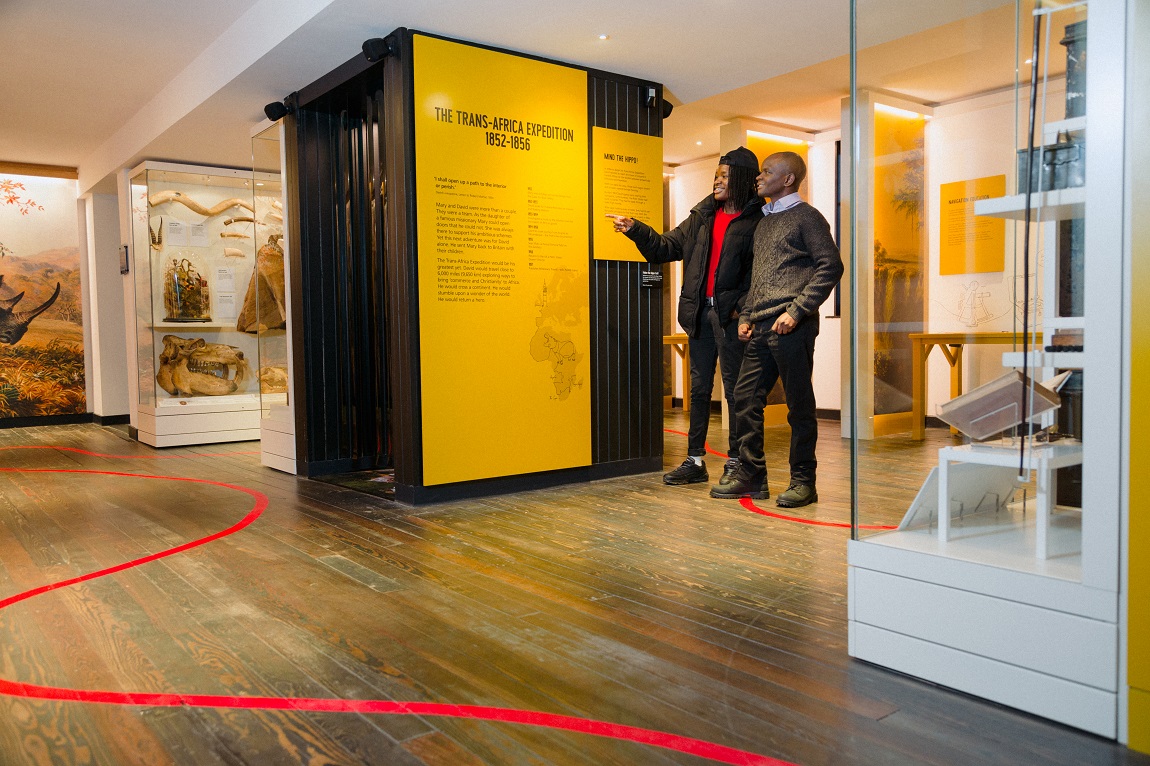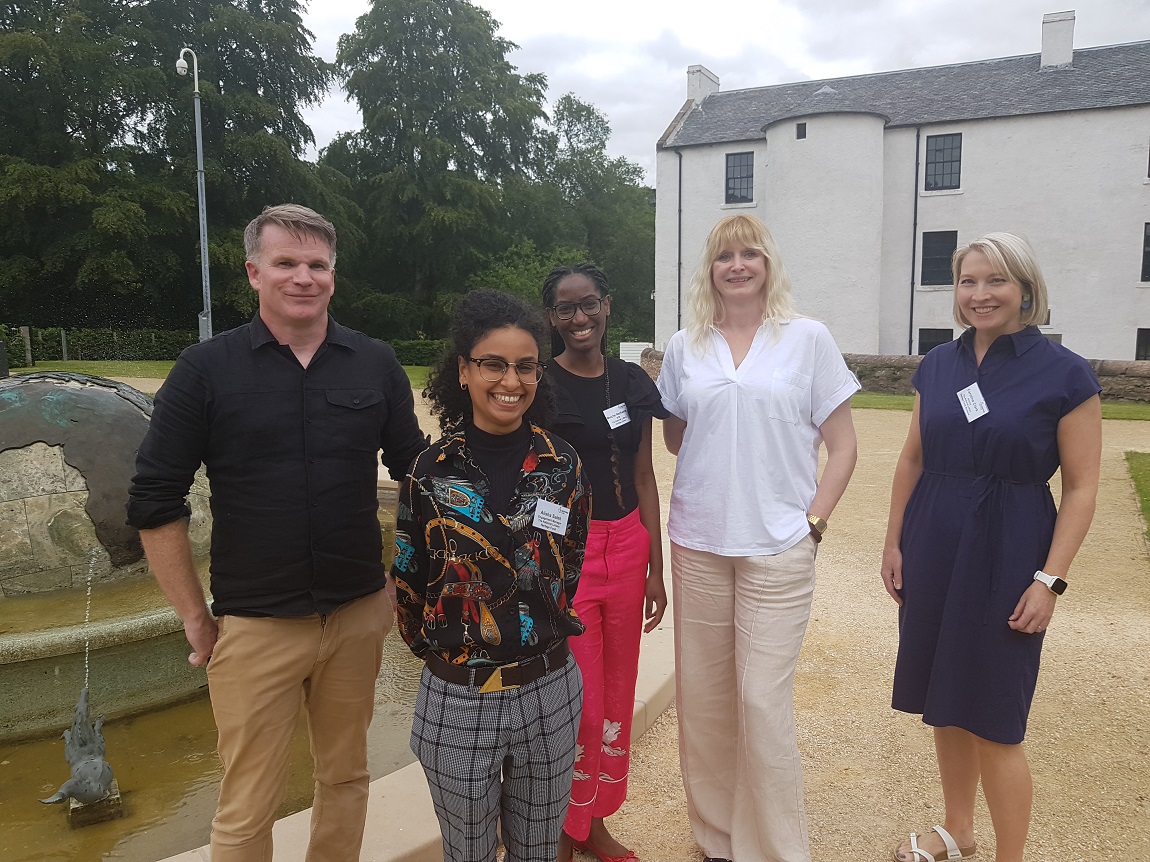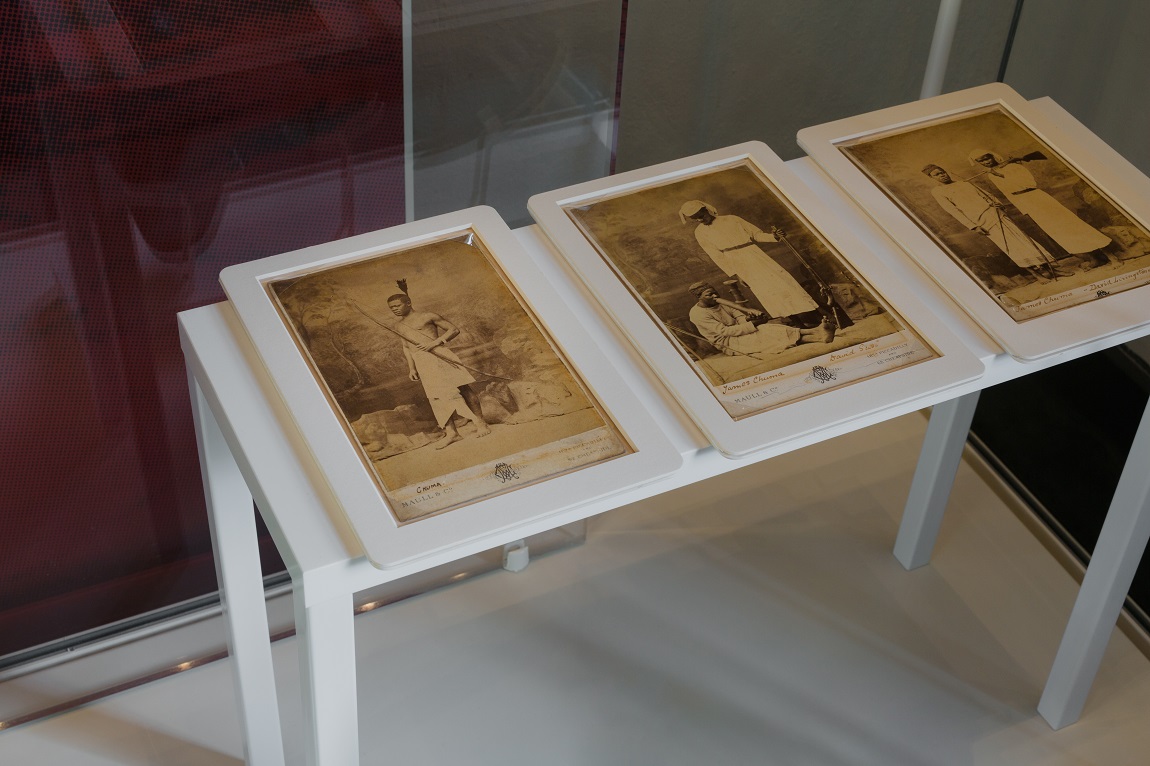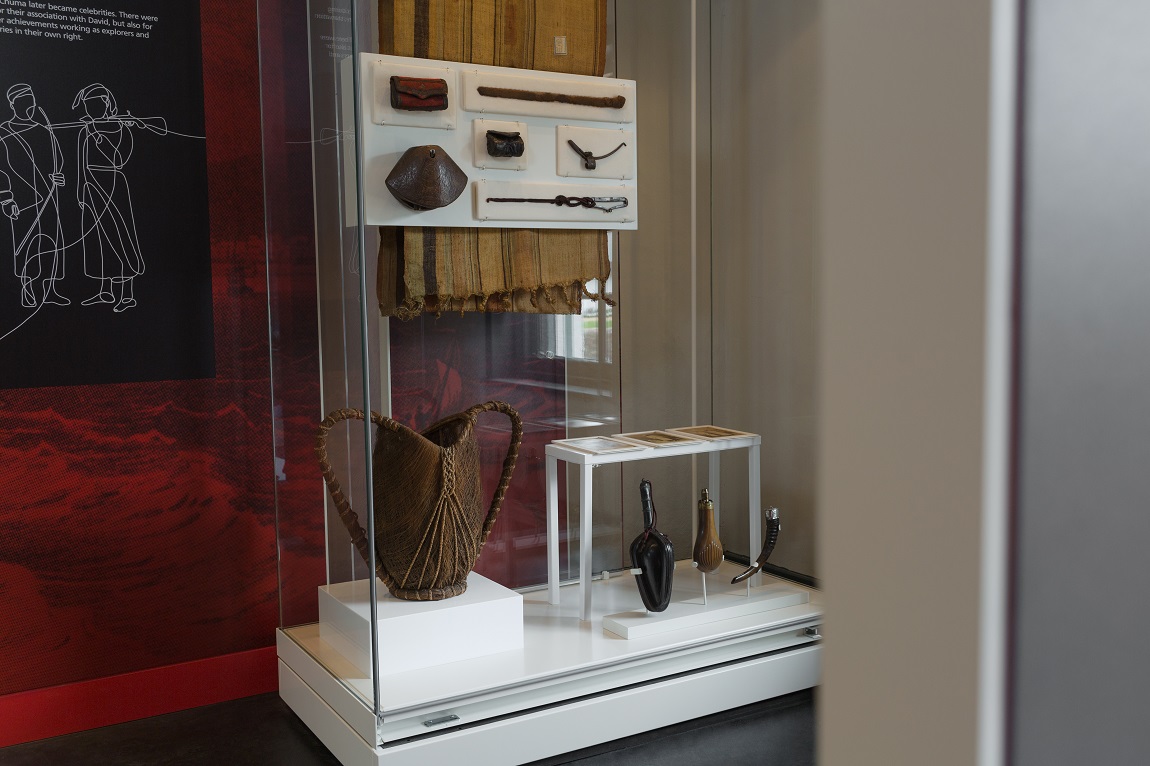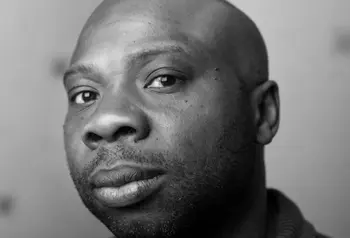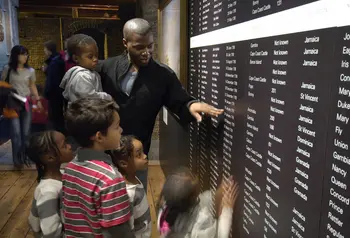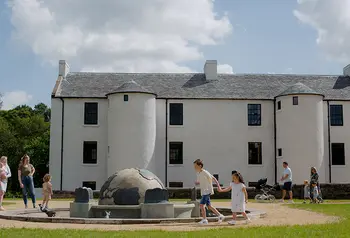A brave new tribute to a famous Victorian explorer
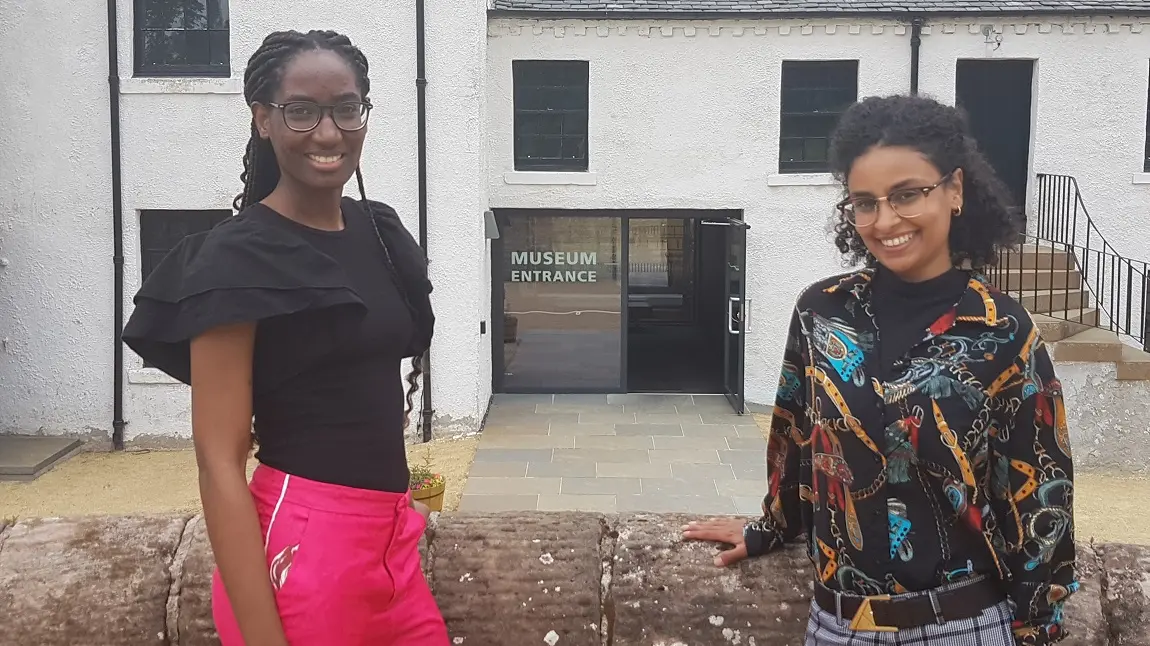
The history of abolitionist David Livingstone is bound up with the painful realities of slavery and colonialism. But the decision of his Birthplace museum to openly acknowledge that ‘other side’ of his story is proving a refreshing and positive experience for black audiences.
Who was David Livingstone?
On the surface, David Livingstone appears to be a hero: an anti-slavery campaigner, well-respected explorer and one of the most celebrated British figures of the Victorian era.
But he was a contradictory character – a staunch slavery abolitionist, he also accepted help and supplies from the very slave traders he opposed.
Our recent marketing campaign, Contradictions, is upfront about the inconsistencies in his story.
Grant MacKenzie, Director and Trustee at the David Livingstone Birthplace
His legacy has had both positive and negative impacts. His records helped end the East African Slave Trade years after his death, but they also provided evidence that Africa was rich in resources. This led to the continent’s invasion and colonisation, which saw huge amounts of land claimed by European powers.
The David Livingstone Birthplace museum – which launched a reinterpreted exhibition in 2021 following a £6.8million National Lottery-funded project – presents a balanced view, examining Livingstone’s successes as well as his conflicting traits and behaviours.
Challenging preconceptions
Director and Trustee at the David Livingstone Birthplace, Grant MacKenzie, says: “Our recent marketing campaign, Contradictions, is upfront about the inconsistencies in his story. It was a useful approach to attract and engage with new audiences and widen the narrative.
“His history has an important role to play in furthering understanding of contemporary issues.”
Grant hopes audiences will leave the museum both informed and ready to question preconceptions and idealised narratives around Livingstone.
We have, and will continue to, broaden the narrative, including sharing the stories of two members of his crew, Susi and Chuma.
Grant MacKenzie
“It’s important that his achievements – coming from an impoverished background, self-educating himself and having significant tenacity – are acknowledged, as well as these other traits and behaviours.”
The museum is incorporating the views and experiences of others into its exhibition, too.
“We have, and will continue to, broaden the narrative, including sharing the stories of two members of his crew, Susi and Chuma. We’ve also worked with a group of black artists who have been producing creative responses to the collection, with a focus on looking at the role of his companions and the objects in the collection that tell their story.”
Our colleague, Mwiche Nachembe, who visited the David Livingstone Birthplace, says: “The visit was quite personal for me because I grew up in Zambia, one of the countries he visited during his expedition. He came across the Mosi-oa-Tunya Falls which he later renamed Victoria Falls. I remember learning about him during history lessons, but not extensively.”
Projects such as this are likely to have a great impact on mental health and wellbeing for people of colour.
Mwiche Nachembe, Windsor Fellowship Graduate Trainee at the Heritage Fund
Though she found some areas of the exhibition hard to process, Mwiche thought the conversations taking place at the museum were positive and important.
“Projects such as this are likely to have a great impact on mental health and wellbeing for people of colour. They give the younger generation greater confidence to engage with and contribute to the heritage sector because they feel more represented.”
Looking to the future
We do not see the re-interpretation of the museum exhibition as the end of our work.
Grant MacKenzie
The Birthplace museum is determined to keep its collection dynamic.
“We do not see the re-interpretation of the museum exhibition as the end of our work. Decolonisation is an on-going activity that we are still imbedding in our programme.
“We’re working with different Scottish-African groups and peer museums in Sub-Saharan Africa on additional interpretation of the collection. This includes advising us on objects of African origin, as most of them have no provenance [known history].”
Grant says they will return any items that they learn belong elsewhere. In the future they hope to digitise the collections, which could eventually lead to repatriation claims for some objects.
Learning to evolve
“‘Brave’ is the word we keep coming back to in the project and using it as a mantra has been the best learning experience for us,” Grant says.
“Without it, we would not have been able to make the story of a Victorian explorer relevant to new audiences and to enable the museum to play a role in discussing colonialism and being anti-racist in our activities and programming.”
“Be ready to have open and on-going discussions... They are at the heart of what we have achieved at the Birthplace project.”
Grant MacKenzie
He offers the following advice to other heritage organisations considering similar projects: “Be ready to have open and on-going discussions – throughout the organisation and with stakeholders including Trustees, volunteers and funders. They are at the heart of what we have achieved at the Birthplace project.”
Inspired?
Find out more on the David Livingstone Birthplace’s website. Over the weekend of 22 and 23 October, the museum will host ‘Our Stories Between the Myths and Memories’, a free storytelling event of spoken word, dance, music and workshops brought together by creatives from the Scottish African diaspora.
Got an idea for your own collection reinterpretation project? Find out how we can support you.
